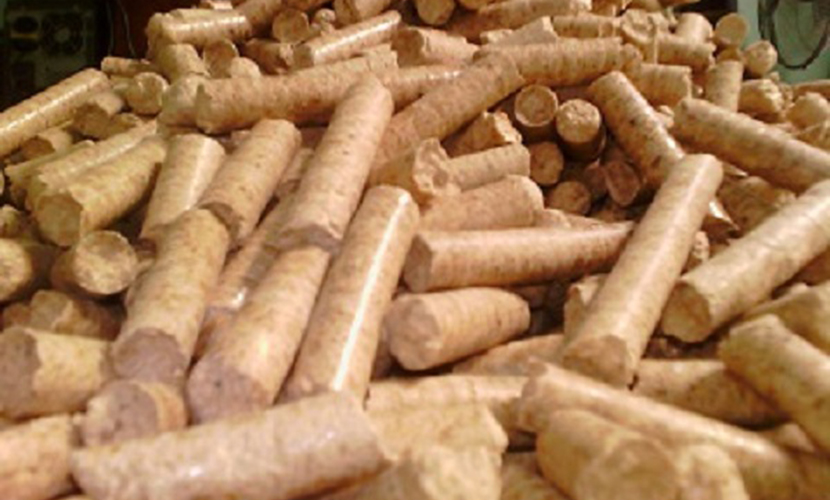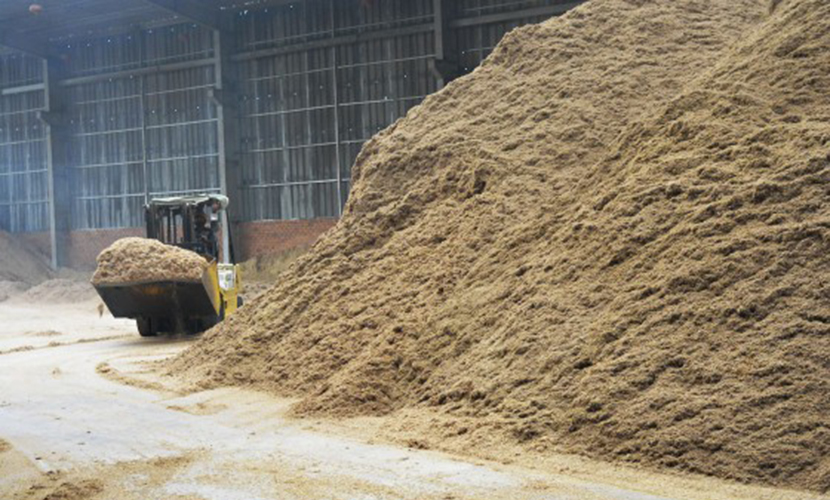
Currently, the production of Vietnamese sawdust pellets for export is no longer unfamiliar to local manufacturers. Different customers have varying requirements regarding the specifications of the Vietnamese sawdust pellets.
However, there is a common standard: the energy output must be between 4,500 – 4,800 Kcal/kg. Also, the ash content must be low, which is below 1%. Vietnam’s sawdust pellets meeting these criteria are highly popular in markets such as South Korea, Japan, and European countries.

Vietnamese sawdust pellets
To achieve these standards, the production process of Vietnamese sawdust pellets typically requires the followings:
First, to ensure the ash content meets the requirements, the pellets must be small in size, possibly 5mm or smaller. This means the raw materials, mainly sawdust, must also be quite fine. However, when purchasing from wood production facilities, the sawdust size is not always consistent, especially when sourcing from multiple suppliers.
Therefore, to meet the standards, Vietnamese pellet manufacturers need to grind all raw materials using wood grinding machines. It is not a matter of grinding as small as possible. Additionally, the particles must be uniformly sized to produce Vietnamese sawdust pellets that meet the required dimensions.

Raw materials for Vietnamese sawdust pellets
In the pellet production process, one of the biggest factors affecting the final product quality is the moisture content. Typically, for Vietnamese sawdust pellets suitable for export, they should have a moisture content of 13–14%. However, after grinding, the raw material moisture content usually ranges from 18–35%. Therefore, it is necessary to reduce the moisture of the sawdust pellets.
In traditional production methods, sun-drying workers will do, which requires experience to know the appropriate duration, and the weather is not always stable. In industrial production, however, controlled moisture levels will carry out to meet the required standards.
After preparing the raw materials have, workers will put them into the pellet press. In traditional production methods, workers would perform this feeding process manually. Today, however, conveyor belts or screw feeders will carry out to ensure that Vietnamese sawdust pellets are uniform in both size and appearance.
After compression, the pellets are at a relatively high temperature, so workers will put them in a cooling system. If a cooling system is not available, workers can leave the pellets outside before packaging.
It can be seen that producing Vietnam’s wood pellets that meet export standards is not overly complicated. Conversely, it mainly requires the manufacturer to pay attention to certain stages in the process to ensure the final product meets the required quality.
